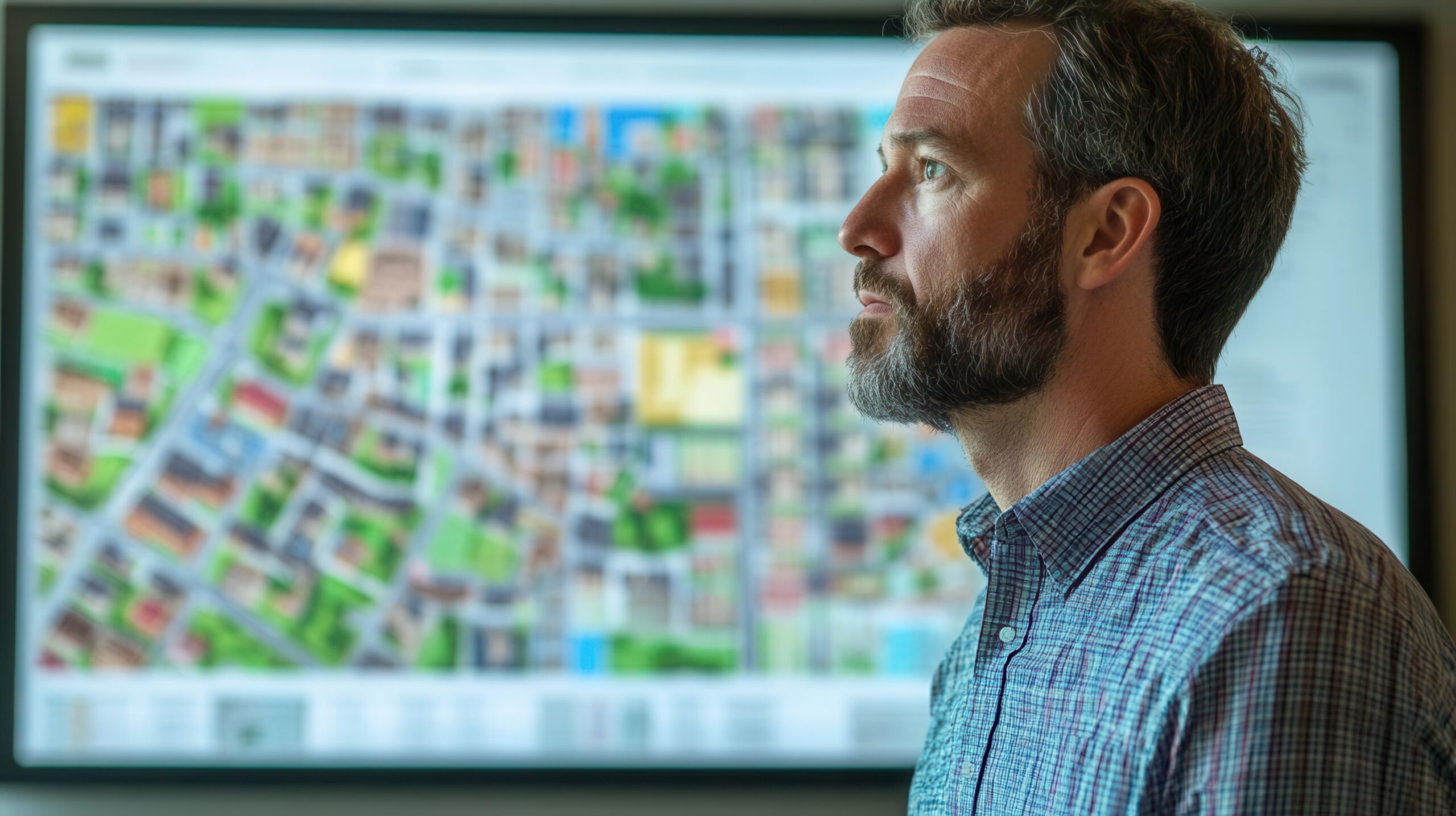By Carl Medearis
In the world of real estate development, the focus often revolves around profit margins, market trends, and the bottom line. However, beyond the financial gains, there lies an opportunity for developers to create a lasting legacy—one that positively impacts communities for generations to come. As a real estate investor and land developer, I have always believed in the power of legacy. It’s about more than just building structures; it’s about shaping communities, enhancing lives, and leaving behind something meaningful.
Understanding the Concept of Legacy
Legacy in real estate development isn’t merely about the physical structures that are built; it’s about the enduring impact those structures have on the community. A true legacy is seen in how a development integrates with its surroundings, fosters a sense of belonging, and enhances the quality of life for its residents.
When I approach a new project, I think about the long-term effects. Will this development provide value to the community? Will it stand the test of time? Will it offer more than just a place to live, work, or shop? These are the questions that guide my decisions, ensuring that each project contributes positively to the community’s future.
Creating Developments with Purpose
One of the ways developers can leave a positive mark is by creating developments with a clear purpose. This involves understanding the needs of the community and designing projects that address those needs. Whether it’s affordable housing, mixed-use spaces, or recreational facilities, purposeful developments can significantly improve the lives of residents.
For example, in one of my recent projects, I focused on creating a community that offered not just homes but also amenities that promote well-being, such as parks, walking trails, and community centers. These elements encourage social interaction, physical activity, and a sense of community, which are essential for a thriving neighborhood.
Sustainability as a Legacy
Sustainability is another critical component of a positive legacy. By incorporating eco-friendly practices into our developments, we can ensure that our projects are not only beneficial to current residents but also to future generations. This means using sustainable materials, designing energy-efficient buildings, and preserving natural landscapes.
In my developments, I prioritize green spaces and environmentally conscious design. By doing so, I create communities that not only reduce their environmental impact but also offer residents a healthier and more enjoyable living environment. Sustainability is a legacy that benefits everyone, from the local ecosystem to the people who call the development home.
Economic Impact and Job Creation
Real estate developments have the potential to boost local economies by creating jobs and attracting businesses. A well-planned development can serve as a catalyst for economic growth, providing opportunities for local entrepreneurs and stimulating the job market.
In my projects, I work closely with local contractors, suppliers, and businesses to ensure that the economic benefits are felt within the community. By doing so, I help create a thriving local economy that supports the overall well-being of the community. This economic impact is a vital part of the legacy we leave behind.
Building Community Connections
A positive legacy is also about building strong community connections. Developments should be designed to foster a sense of belonging and encourage social interaction. This can be achieved through thoughtful urban planning, which includes communal spaces, pedestrian-friendly streets, and areas that encourage gatherings and events.
In one of my developments, I included a community garden where residents can come together, grow their own food, and build relationships. Initiatives like these not only enhance the community’s quality of life but also create a sense of ownership and pride among residents.
Preserving Cultural and Historical Significance
Preserving the cultural and historical significance of a location is another way developers can leave a lasting legacy. By respecting and incorporating the history of a site into the development, we can create a unique sense of place that honors the past while looking toward the future.
In a recent project, I worked on restoring a historic building and integrating it into a new development. This not only preserved a piece of the community’s history but also provided a unique and meaningful space for residents and visitors alike. By valuing history, we can create developments that are rich in character and significance.
Commitment to Long-Term Stewardship
Finally, a true legacy involves a commitment to long-term stewardship. Developers should not only focus on the initial construction but also on the ongoing maintenance and management of the community. This ensures that the development continues to serve its residents and remain an asset to the community.
In my approach, I stay involved with my developments even after completion, ensuring that they continue to thrive and meet the needs of the community. This long-term perspective is essential for creating a legacy that endures.
Building a Legacy that Lasts
Real estate development offers a unique opportunity to leave a positive mark on communities. By focusing on purpose, sustainability, economic impact, community connections, and long-term stewardship, developers can create projects that enhance lives and stand the test of time.
As developers, we have the power to shape the future of our communities. By prioritizing the needs of the community and committing to creating meaningful, lasting developments, we can build a legacy that truly makes a difference. It’s about more than just building structures—it’s about building a better future for all.
